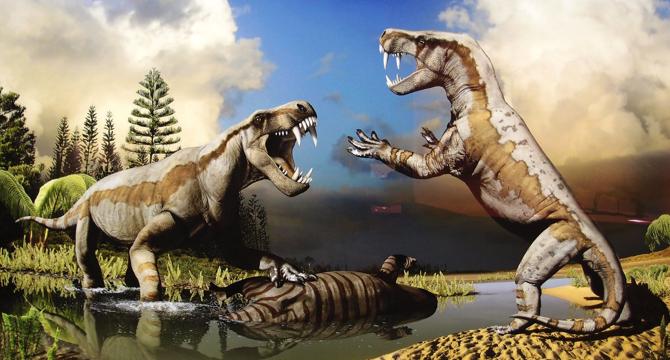Brighter Side of News
4d
181

Image Credit: Brighter Side of News
Archeologists discover ancient fossil from the oldest known saber-toothed predator
- Archeologists have uncovered a fossil of the oldest known saber-toothed predator, a gorgonopsian, dating back 270-280 million years ago on the island of Mallorca.
- The discovery provides crucial insights into the evolution of mammals and their ancient relatives, the therapsids, filling a significant gap in the fossil record.
- The gorgonopsian was a top predator with saber teeth, challenging previous assumptions about the pace and geography of therapsid evolution.
- This find extends the known timeline of gorgonopsians and indicates rapid diversification of major therapsid groups following Olson's Extinction event.
- The fossil highlights the unique anatomical features of therapsids that bridge reptiles and mammals, shedding light on mammalian origins.
- Geographic sampling biases have obscured the early history of therapsids, but the Mallorca discovery helps clarify the spatiotemporal dynamics of their evolution.
- Advanced statistical models suggest that therapsids underwent an evolutionary radiation post-Olson's Extinction, leading to the emergence of major therapsid clades in a short period.
- The gorgonopsian fossil in Mallorca emphasizes the importance of paleotropical regions in understanding early Permian ecosystems and mammalian evolution.
- With ongoing exploration and advanced techniques, researchers aim to unravel the evolutionary pathways that shaped modern mammals.
- This discovery not only expands our knowledge of ancient predators but also underscores the significance of paleontological findings in reconstructing Earth's history.
Read Full Article
10 Likes
For uninterrupted reading, download the app